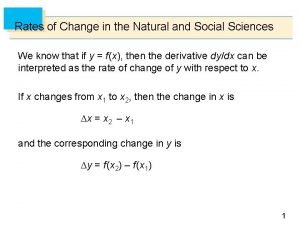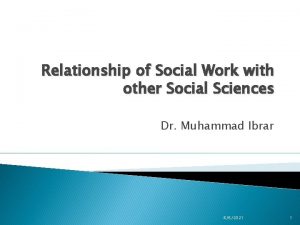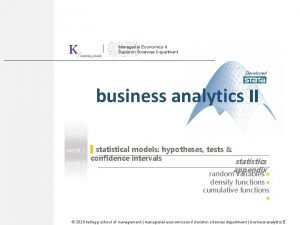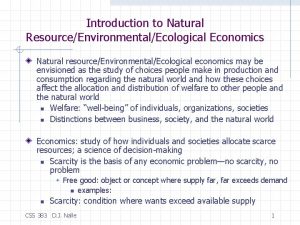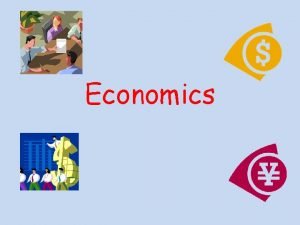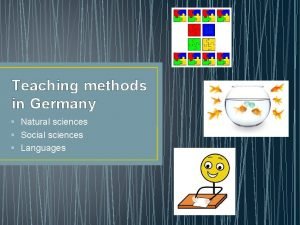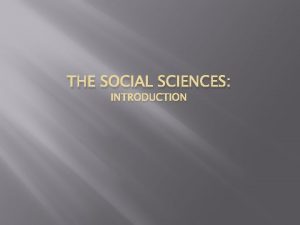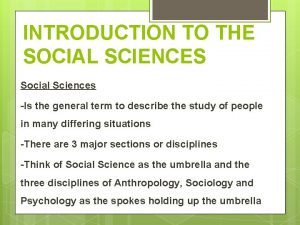Social Sciences Vs Natural Sciences A Can economics













- Slides: 13

Social Sciences Vs. Natural Sciences • (A) Can economics be studied in a controlled laboratory setting? • (B) Positive Vs. Normative Economics 1

Positive Vs. Normative Econ. • Positive Economics Statements of fact & logical deductions Ex: If it rains the football field will get wet. • Normative Economics Statements about what should be (value judgments) Example: The football field is better when it is wet. 2

• Economic Variable An economic variable is an economic item of interest that can be defined and measured and takes on different possible values Examples: Price, Population 3

Endogenous Vs. Exogenous Variables Endogenous Variables An endogenous variable is a variable that is explained by theory. It is also called a dependent or response variable. Exogenous Variable An exogenous variable influences endogenous variables but is itself determined by factors outside theory. It is also called an independent or causal 4 variable.

5

6

Intercept: y-intercept y value when x=0 x-intercept: x-value when y =0 7

Equation of a straight line y = m x+c y= Vertical variable x= Horizontal Variable m = Slope c= y-intercept 8

Relationships between Endogenous & Exogenous Variables Positive or Direct Relationship The relationship between an Endogenous variable and an Exogenous variable is said to be positive or direct when an increase (or decrease) in the value of the exogenous variable leads to an increase (or decrease) in the value of the endogenous variable. 9

Relationships between Endogenous & Exogenous Variables Negative or Inverse Relationship The relationship between an Endogenous variable and an Exogenous variable is said to be negative or inverse when an increase (or decrease) in the value of the exogenous variable leads to a decrease (or an increase) in the value of the endogenous variable. 10

Relationships between Endogenous & Exogenous Variables Unrelated Variables Two variables are said to be unrelated when a change in the value of one variable does not affect the level of the other variable. 11

Movements along Vs. a Shift of the line • A change in the exogenous variable represented on one of the axes results in a movement along the line. • A change in an exogenous variable not represented on one of the axes results in a shift of the curve. 12

13
 Human science tok
Human science tok Rates of change in the natural and social sciences
Rates of change in the natural and social sciences Relation of social work with other social sciences
Relation of social work with other social sciences Managerial economics and decision sciences
Managerial economics and decision sciences Maastricht university economics and business economics
Maastricht university economics and business economics What is mathematical economics
What is mathematical economics Grade 7 natural science term 1 notes
Grade 7 natural science term 1 notes Beulah school of natural sciences
Beulah school of natural sciences Stored solar energy grade 7
Stored solar energy grade 7 Grade 7 natural sciences term 3 project
Grade 7 natural sciences term 3 project Natural sciences and technology grade 6 term 4
Natural sciences and technology grade 6 term 4 Properties of materials grade 7
Properties of materials grade 7 Term 3 natural science grade 6
Term 3 natural science grade 6 What is an aok
What is an aok

